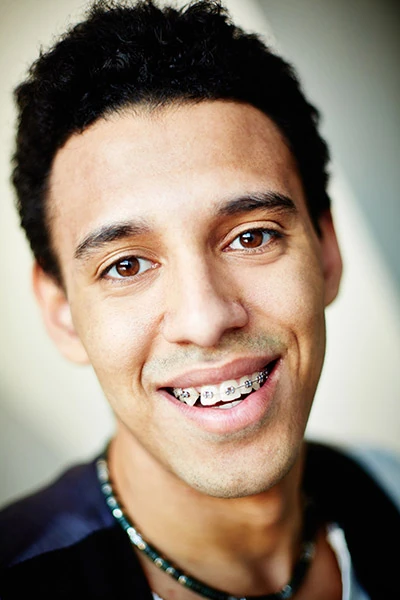
Thinking about getting braces? Whether it's for your child or for yourself, one of the most common concerns surrounding traditional braces is, "How long do I need to wear them?" The answer isn't a simple one-size-fits-all, since your orthodontic journey is as unique as your smile. However, understanding the factors that influence treatment time can help you set realistic expectations and prepare for beautiful, lasting results.
Why Do People Need Braces?

- Crooked or crowded teeth: When teeth don't have enough space, they can overlap or become misaligned.
- Gaps between teeth: Braces can close unsightly spaces and bring your teeth together.
- Malocclusion (bad bite): This includes overbites, underbites, crossbites, and open bites, which can affect your ability to chew, speak, and even lead to jaw pain.
- Aesthetic concerns: Many people simply want a straighter, more confident smile to boost their self-esteem.
How Long Does it Take to Get Braces?
The process of getting your braces on is a simple, straightforward appointment. After your initial consultation and treatment planning, your orthodontist will prepare your teeth by cleaning and drying them. Then, they will carefully place the brackets and bond them to your teeth. The archwires are then threaded through the brackets and secured, and you’re on your way! This process typically takes one to two hours.
How Long Will I Need to Wear Braces?
The average treatment time for braces is 18 to 24 months, but this can vary significantly. Some people may only need them for six months, while others may require them for up to three years. The key factors that determine your individual timeline include:
- The complexity of your case: This is the most significant factor. Minor issues like slight spacing or crowding will be resolved much faster than severe bite problems or significant jaw misalignment.
- Your age: Children and teenagers often have shorter treatment times because their jaws and teeth are still developing and are more responsive to movement. Adult teeth, having been in place for years, can be more resistant to shifting, which may slightly extend the treatment period.
- Patient compliance: This is where you play a crucial role. Following your orthodontist or dentist's instructions—like wearing elastics as prescribed, avoiding foods that can damage your braces, and maintaining excellent oral hygiene—is vital to keeping your treatment on track. Skipping or missing appointments can also lengthen the process.
- The type of braces you choose: While traditional metal braces are highly efficient for most cases, other options like ceramic braces or Invisalign clear aligners may have different timelines depending on the complexity of your needs.
Maintaining Your Results: Your Retainer
Once your braces come off, the hard work isn't over. Your teeth will have a natural tendency to shift back to their original positions. This is where a retainer comes in. A retainer is a custom-made appliance that you wear to hold your teeth in their new, corrected position. Your orthodontist will provide specific instructions on how and when to wear your retainer—often full-time for the first few months, then transitioning to only at night. Wearing your retainer as instructed is the single most important thing you can do to ensure your beautiful, straight smile lasts a lifetime.
Find Out if Braces Are Right for You
The only way to get a personalized treatment plan and an accurate braces timeline is to consult your dental professional. Your dentist or orthodontist can perform a thorough examination, discuss your specific goals, and determine if braces are the best option for you. They will take into account the unique structure of your teeth and jaw to create an orthodontic treatment plan that will lead to a healthy, confident, and lasting smile!


